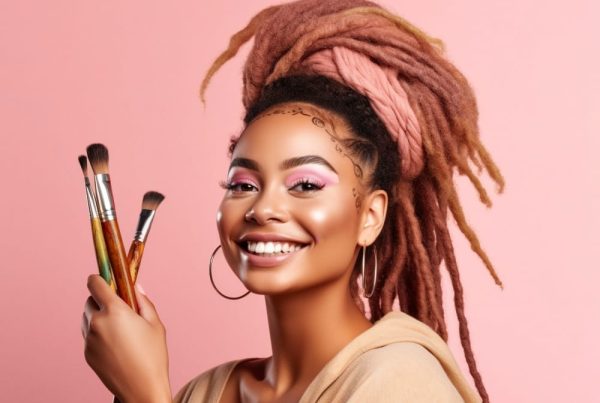Table of Contents
Influencer Marketing is constantly breaking new grounds the world over in the past decades. In the late 70’s – early 2000’s, Celebrities made bank being the most sought after brand influencers, being the only people to reach a varied broad audience on traditional media. But in these days of social media, the “normal people” are the king, giving you real advice on food, fashion, and even the kind of mileage you should get on your new car. And guess what? these are just the right kind of advice you need! This is because they are authentic, honest and relatable.
All the Influencer Marketing Stats You Need
Influencer Marketing content delivers 11 times higher ROI than traditional forms of marketing.
In 2018, companies who used influencer marketing got a 520% return on investment.
49% of users rely on influencer recommendations for their purchases.
In June 2018, Instagram reached one billion active users.
Micro-influencers with fewer than 100k followers are responsible for the majority of posts on the platform.
66% of influencers on the web focus on fashion, beauty, or lifestyle.
The primary concern for 42% of marketers is dealing with fake followers (bots).
More Statistics
What Is Influencer Marketing
According to Hubspot, Influencer marketing uses top content creators, specialized in their respective niches, to help you improve brand awareness, increase traffic, and drive your brand’s message to your target audience. These content creators already market to your ideal audience across different channels which you can take advantage of for your influencer strategy. Examples of these channels include social media, blogs, columns, digital and print ads, and television.
A good example is Serena Williams and Pampers
Influencer marketing is an investment and collaboration — to get it right, you have to devote time to ensure you find the right influencer to promote content that appeals to your target audience. You also have to spend money, time, and resources to reward the influencer, run various campaigns with the influencer, and more depending on your specific marketing goals.
Are you ready to take the next steps to build your business with influencer marketing?
-
- Define your goals
Define the goals you intend to achieve from your influencer marketing strategy, this is so that you can easily measure your success later on. These goals should center on brand awareness, reach (is your brand, product or service information being delivered to a large audience?), engagement (Are the large audience interacting in terms of likes, comments, questions or share your brand, product or service information), relevance (do the audience feel connected to your brand due to the influencer?), and resonance (Are the audience driven to follow your brand, visit your website and more importantly make a purchase?).
-
- Find the right influencers for your business niche
An influencer is only an influencer if they can actually influence others. The larger the reach and engagement, the larger the number of people who will see your product or service. An Instagram user with 1,500 – 200,000 followers average may be able to generate some results and push your message to your audience. You have to make sure that the ratio of Followers To Engagement is above 5% for smaller audiences of 10,000-20,000 followers, and at least 3% for larger audiences. This is a good sign that you’re dealing with a loyal following.
From there, you should try to buy as many posts as possible by negotiating and buying them in bulk packages, consistently over time. However, you must make sure that the person’s audience matches your brand, a fashion influencer’s audience will definitely not be interested in children’s toys or videogames. Another important point to take note of aligning yourself with someone who takes a natural approach to the market. You can also explore other platforms like Snapchat, YouTube, TikTok, Blogs, etc
-
- What is your budget
You should be able to determine which influencer will work best for your business’s goals as well as your target audience due to your budget. How much are you willing to spend to purchase a content package? Your budget should cover planning, executing, monitoring and reviewing your strategy. Not all influencers charge financial compensation for their services, some are willing to accept free products, discounts, or a commission.
-
- Discuss expectations with your influencer
You should discuss your brand message expectations with your chosen influencer. Would you allow creative freedom, or would you like to control the type of content they share? Will you be creating the content, determine post times, project timeline, will they be boosting traffic, etc.
-
- Measure your feedback results
To do this, you’ll need to track your ROI. This can be done by dividing the returns by the influencer investment cost. Not only does this show you what is and is not working, but it also puts you in position to tweak your strategy and increase your budget in the future.
Are you looking towards influencer marketing? What strategies are you considering? We would like to hear from you in the comment section.
=========================================================
Thanks for reading this post! Don’t just read and leave,
please like, follow us, and share with others too!!!…
=========================================================
This article was originally published in 21 August 2019. It was most recently updated in November 28, 2022 by Wise
























